Top Image: Close-up of a B-17 Flying Fortress bomber in flight, 1944-45. Gift of Peggy Wallace, 2010.308.082
Even though it was the Japanese who attacked the Americans at Pearl Harbor in December 1941, the official policy of the United States and its allies was to defeat Germany first. The problem was there was no easy way to hit Germany, as a cross-channel invasion of Europe was still years away. The British had been bombing from the air, but heavy losses forced them to switch to nighttime area bombing, greatly reducing its effectiveness. The Americans, on the other hand, were proponents of daylight, precision bombing using their state-of-the-art and top-secret Norden bomb-sight. They also believed they had an aircraft which could fight its way in and out of the target area, unescorted, and return home safely. That aircraft was the Boeing B-17, better known as the “Flying Fortress”.
In years following World War I, the United States was heavily influenced by Italian air-power theorist Giulio Douhet who called for heavy investment in a force of bombers to fly over the front-lines, destroy an enemy’s infrastructure, and break their will to fight. In theory, in the words of British Prime Minister Stanley Baldwin, the “bomber will always get through.” The Americans believed the B-17, with the Norden bomb sight, could be that bomber. It was a four engine, heavy bomber which first flew on July 28, 1935. It had a crew of ten and could carry 6,000 pounds of bombs at 300 miles per hour for a range of 2,000 miles. Its famous nickname came from the fact it carried 13 .50 caliber M2 Browning machine guns for protection, and had a legendary toughness for carrying its crew home on one engine or even with the tail shot away.
The first B-17 raid in Europe took place on August 17, 1942, when 12 planes attacked the railroad marshaling yards in Rouen, France. American bomber numbers continued to build in Europe and attacks (and losses) began to build up. While the US Fifteenth Air Force also had B-17s, the most famous group to fly them during the war was the US Eighth Air Force based out of England. B-17s flown by the Eighth saw some of the fiercest combat of the war.
As the Americans flew further into Europe and Germany, the missions became deadlier. One of the worst days of the war for the B-17 and its crewmen was the second raid on German ball bearing production in Schweinfurt, Germany on October 14, 1943. Losses were so heavy on the mission it became known as “Black Thursday." The B-17, for all its armor and firepower, was simply unable to continue to fly unescorted against swarms of German fighter aircraft and their sophisticated air defense system. Clearly, something had to be done because the bomber was not getting through.
-

B-17 Flying Fortresses of the 398th Bombardment Group, 8th Air Force, taking fire from flak over Germany, 1944-45. Gift of Peggy Wallace, 2010.308.044
-

Group of B-17 bombers over Europe with vapor trail flowing behind them, 1944-45. Gift of Peggy Wallace, 2010.308.041
-

B-17 Flying Fortresses of the 398th Bombardment Group, 8th Air Force, in-flight above cloud level in Europe, 1944-45. Gift of Peggy Wallace, 2010.308.048
-

The B-17 was legendary for its toughness as this photo shows a bomber that survived its nose being crushed and returned to its base in England, 1944-45. Gift of Peggy Wallace, 2010.308.034
-

B-17 Flying Fortress bomber dropping bombs on targets in Europe, 1944-45. Gift of Peggy Wallace, 2010.308.022
-

B-17 Flying Fortresses in formation over Europe, 1944-45. Gift of Austin Loree, 2011.160.029
-

Flying Fortresses dropping bombs and smoke markers over Goppingen, Germany in 1945. Gift of Peggy Wallace, 2010.308.040
But help soon arrived when the North American P-51 Mustang began to reach the beleaguered Eighth Air Force in large enough numbers to make a difference. The B-17 finally had a fighter which could escort them in and out of Germany, and began to overwhelm German defenses and industry. With a renewed focus and power, the Allies finally achieved the air supremacy needed over Normandy for the D-Day landings in June 1944.
By the end of the war, the B-17 was an obsolete aircraft which had been surpassed by another Boeing bomber, the B-29 Superfortress. The plane was pulled out of front-line service and used as a transport plane and even drones. While the US had less than 200 at the start of the war, more than 12,000 B-17s were produced by the end and served in every theater. Many B-17s survive today in museums, and there are some that still fly. For many, the B-17 is the iconic bomber of the war, and the “Flying Fortress" remains a symbol of American might.
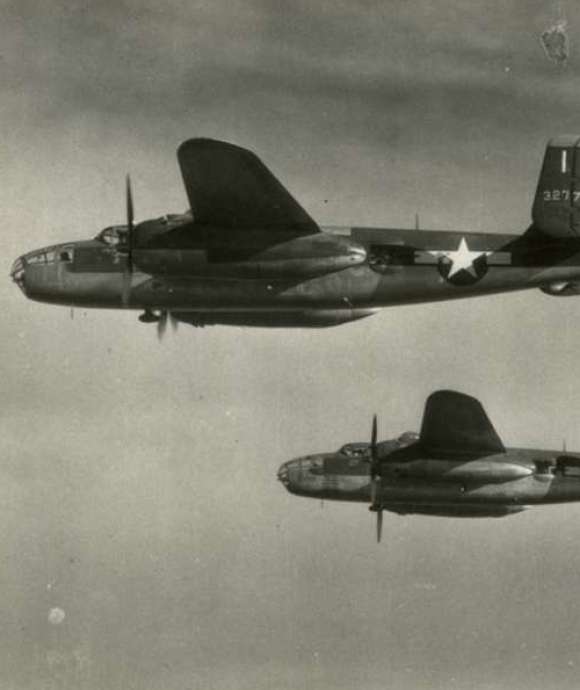
Doolittle's Raider: The North American B-25 Mitchell
The first bomber to hit Japan after Pearl Harbor, the B-25 Mitchell was found in every theater of the war and was a rugged, multipurpose bomber beloved by her aircrew for its survivability and ease to fly.
This article is part of an ongoing series commemorating the 75th anniversary of the end of World War II made possible by Bank of America.
James Linn
A New Orleans native, James Linn first became involved with the institution then known as The National D-Day Museum in 2001 as an eighth-grade volunteer on weekends and during the summer. Linn joined The National WWII Museum staff in 2014 and served as a Curator until 2020.
Cite this article:
MLA Citation:
APA Citation:
Chicago Style Citation:
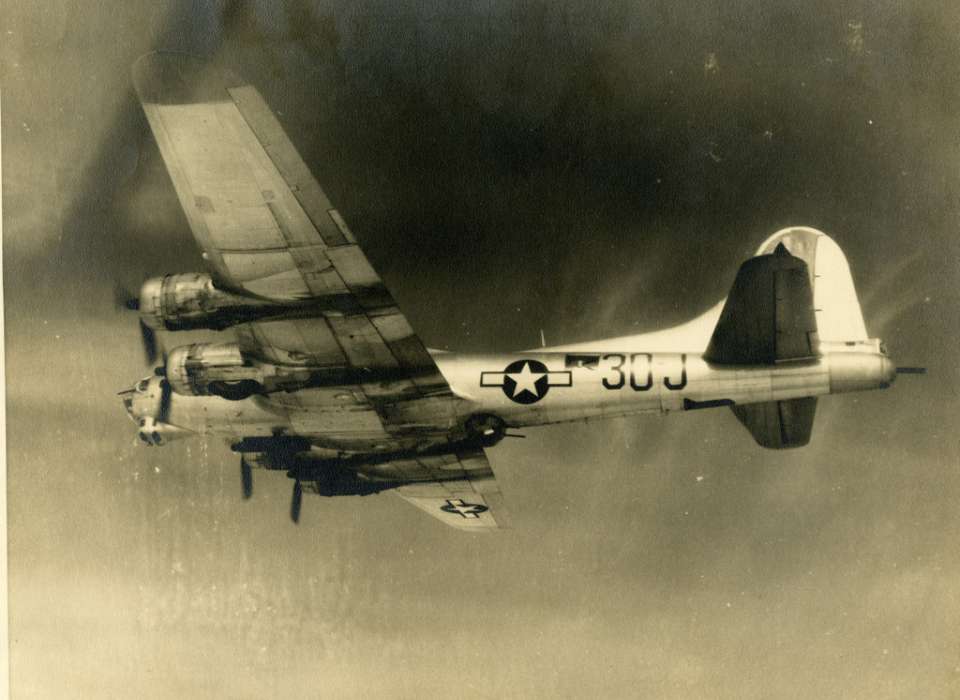
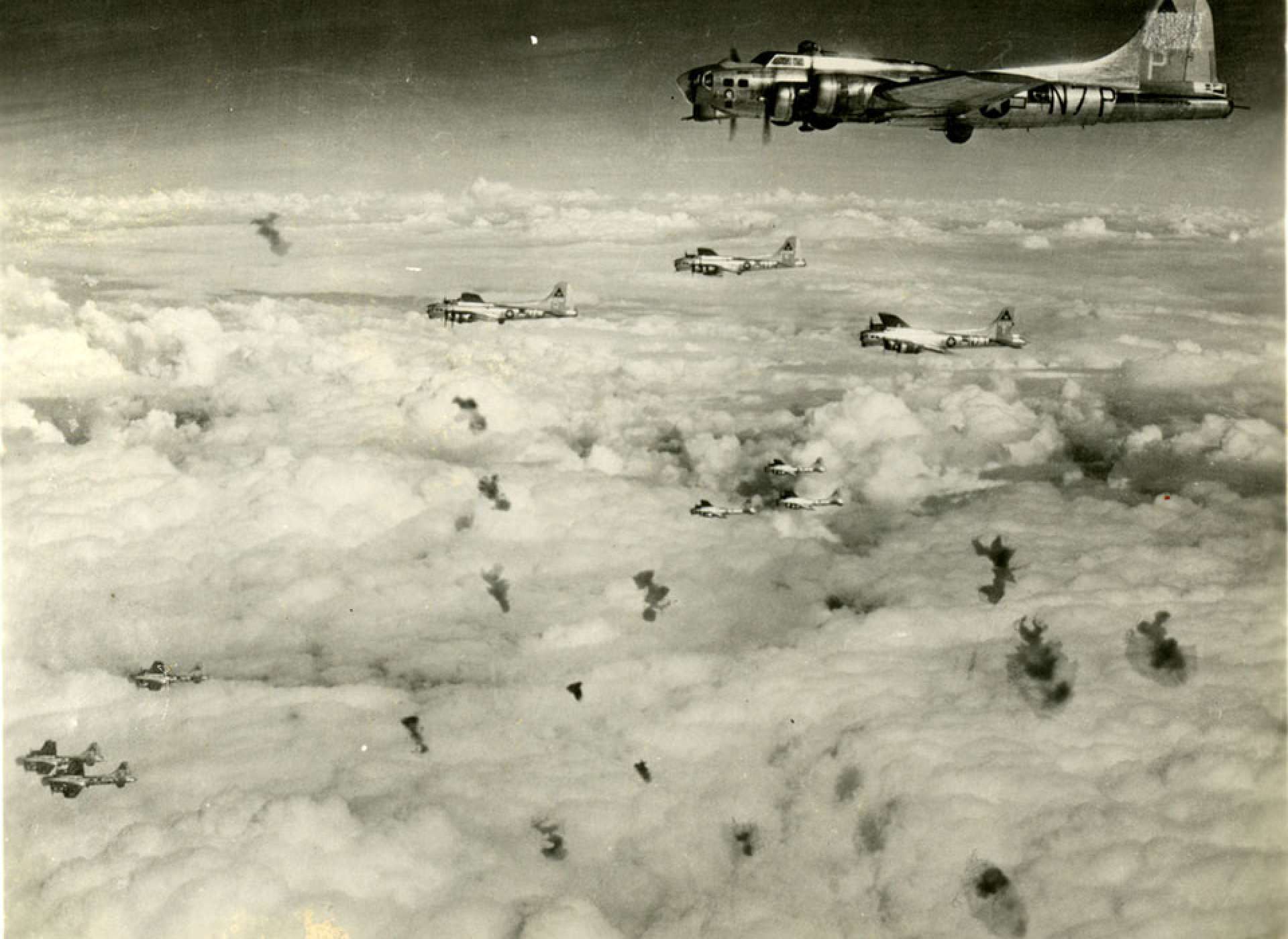
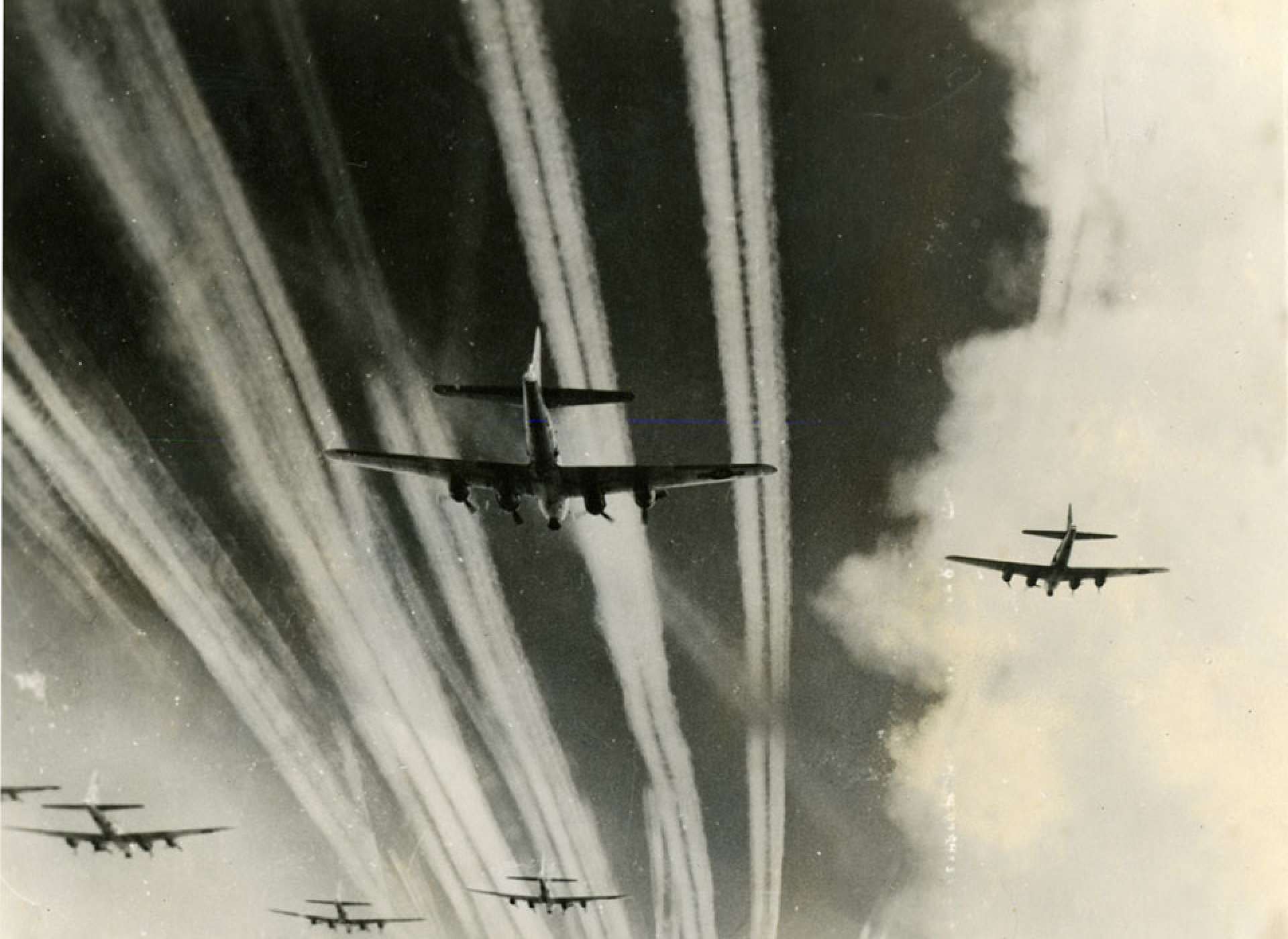
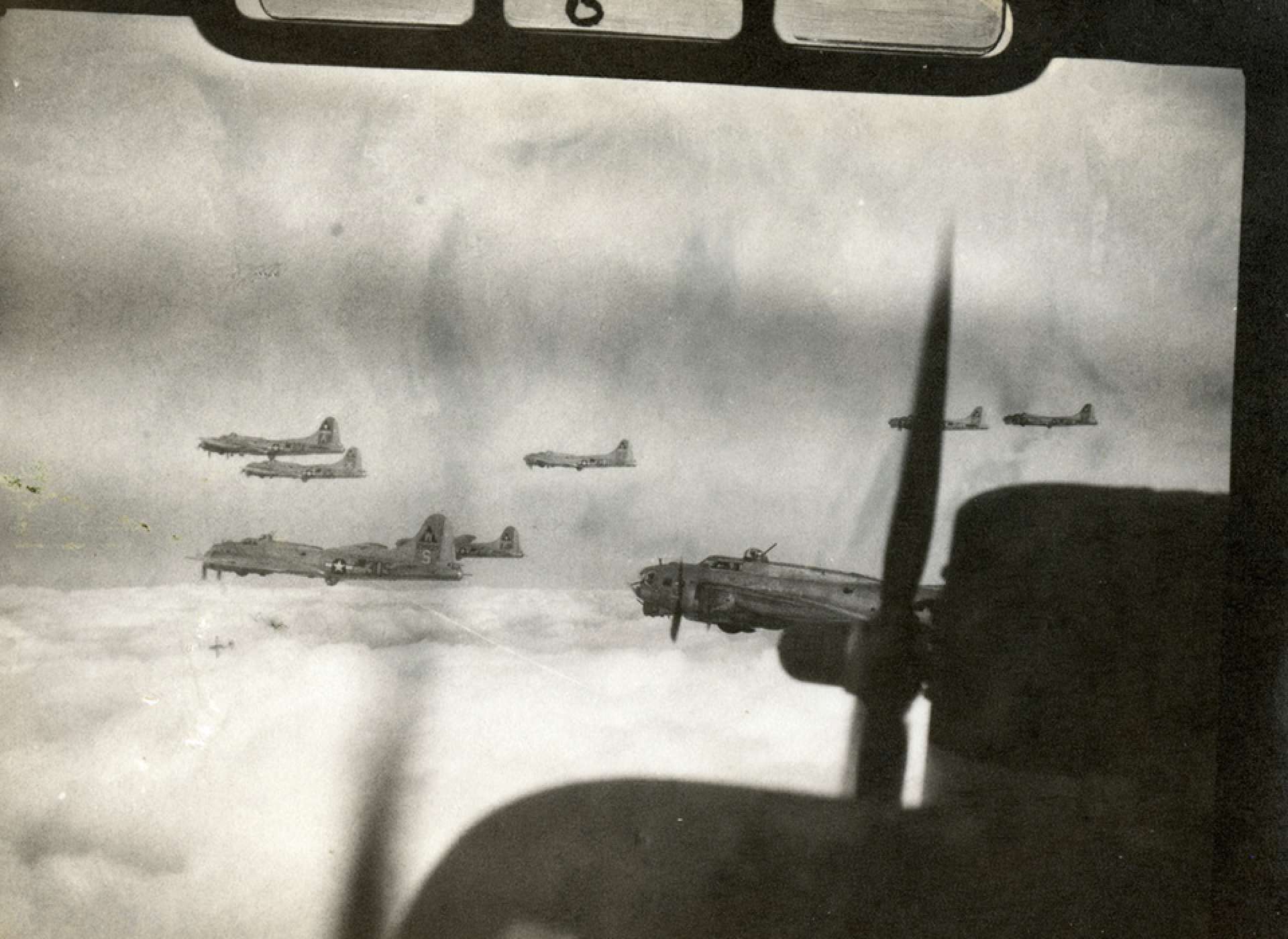
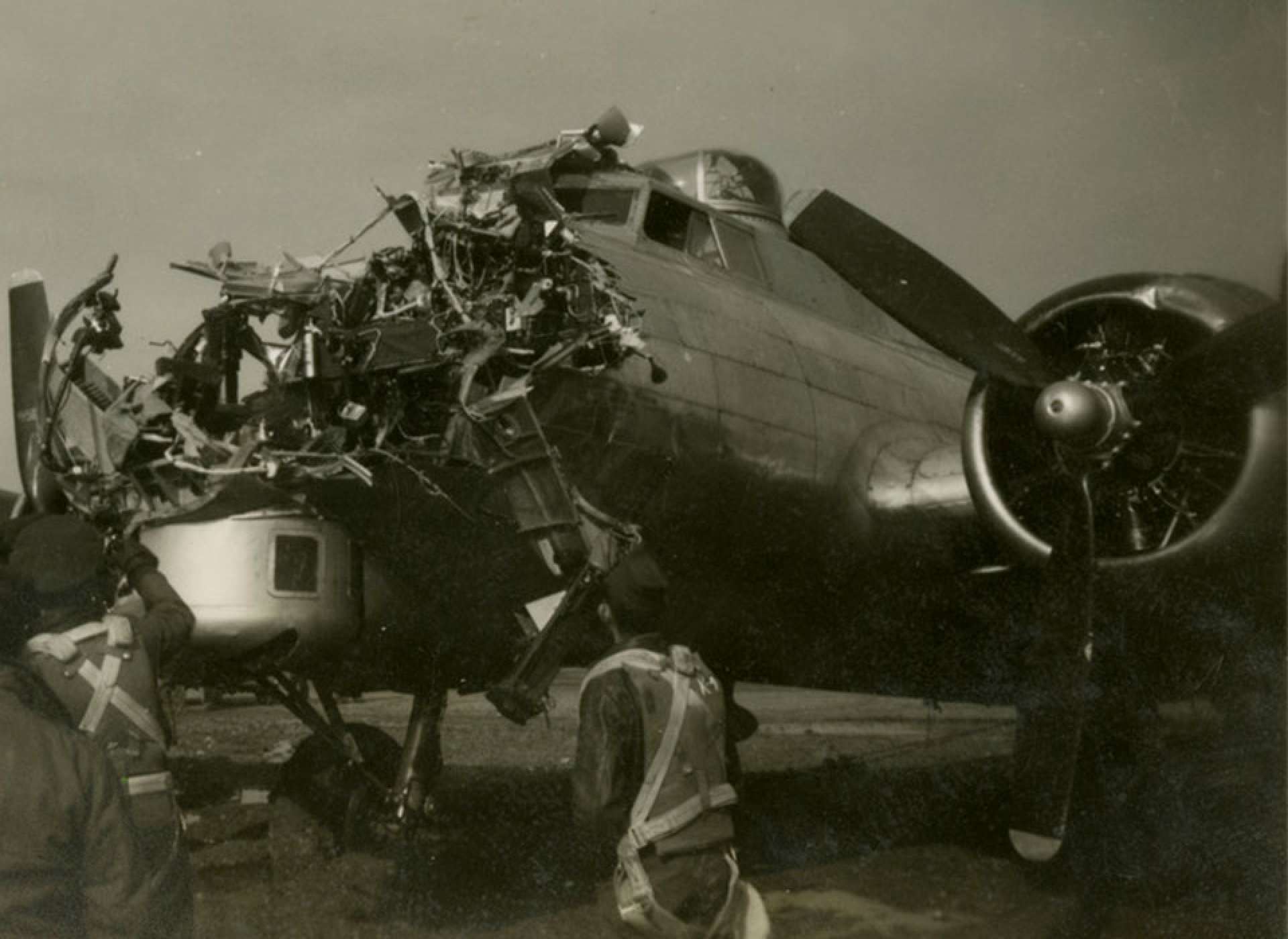
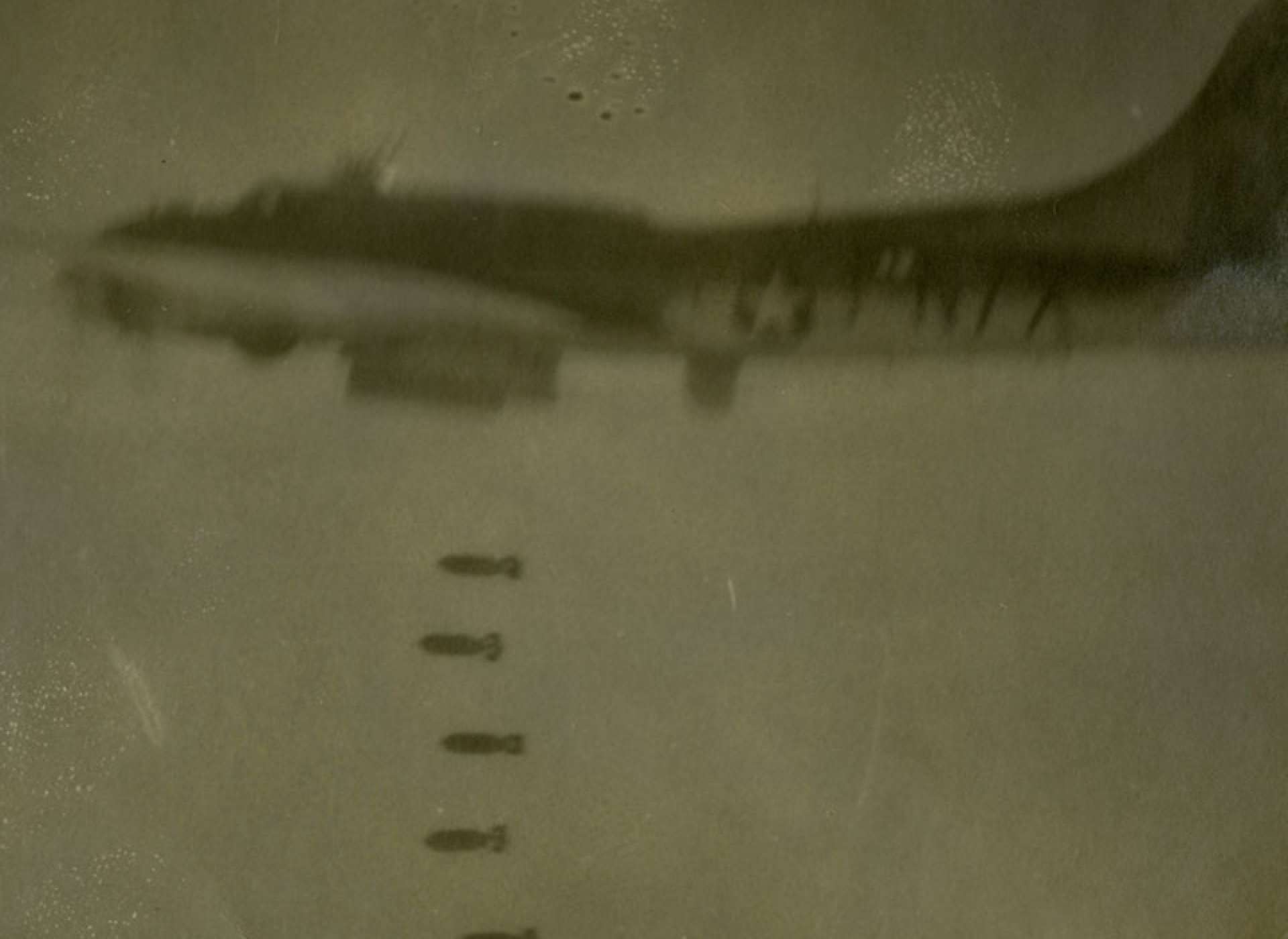
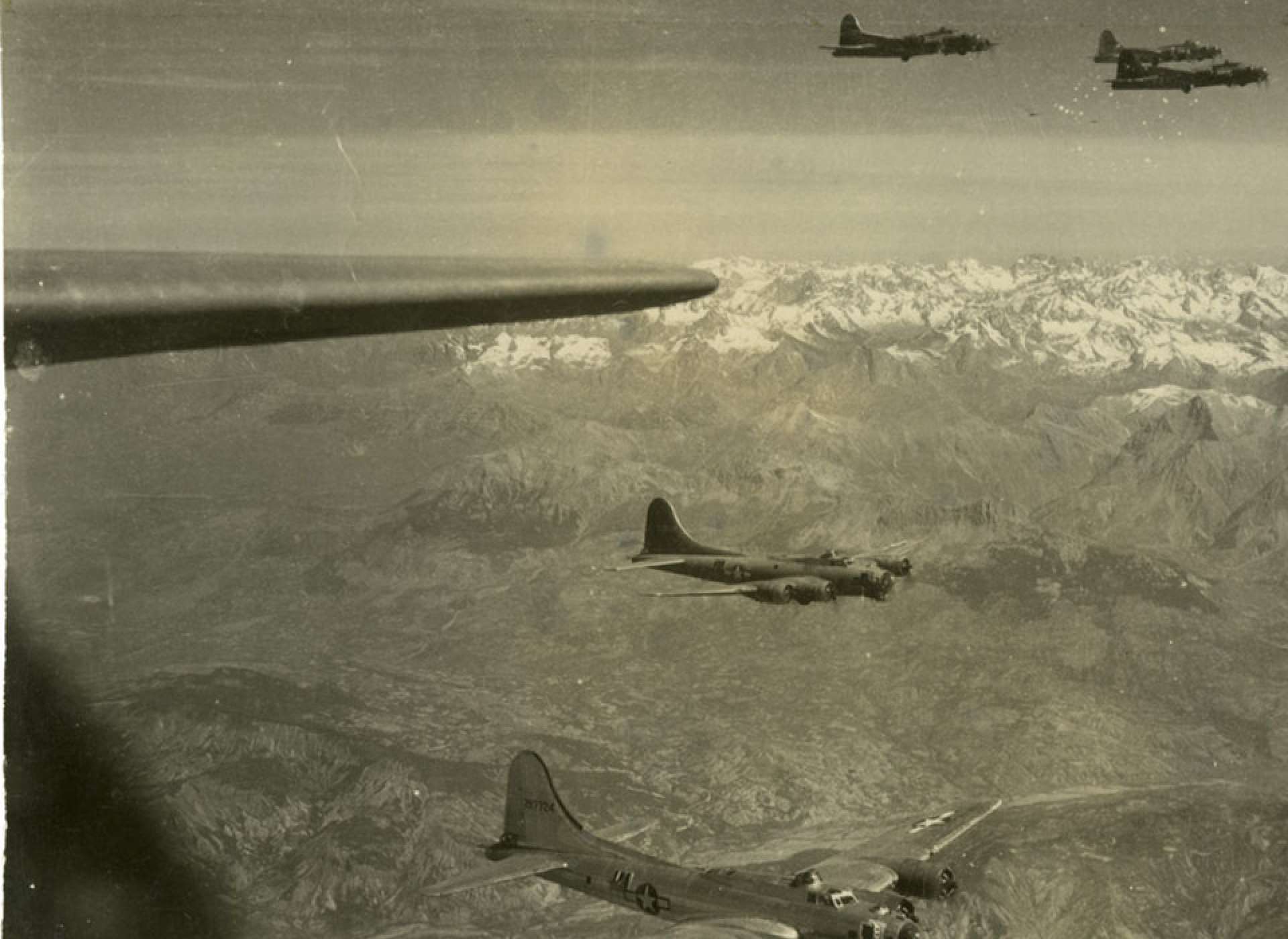
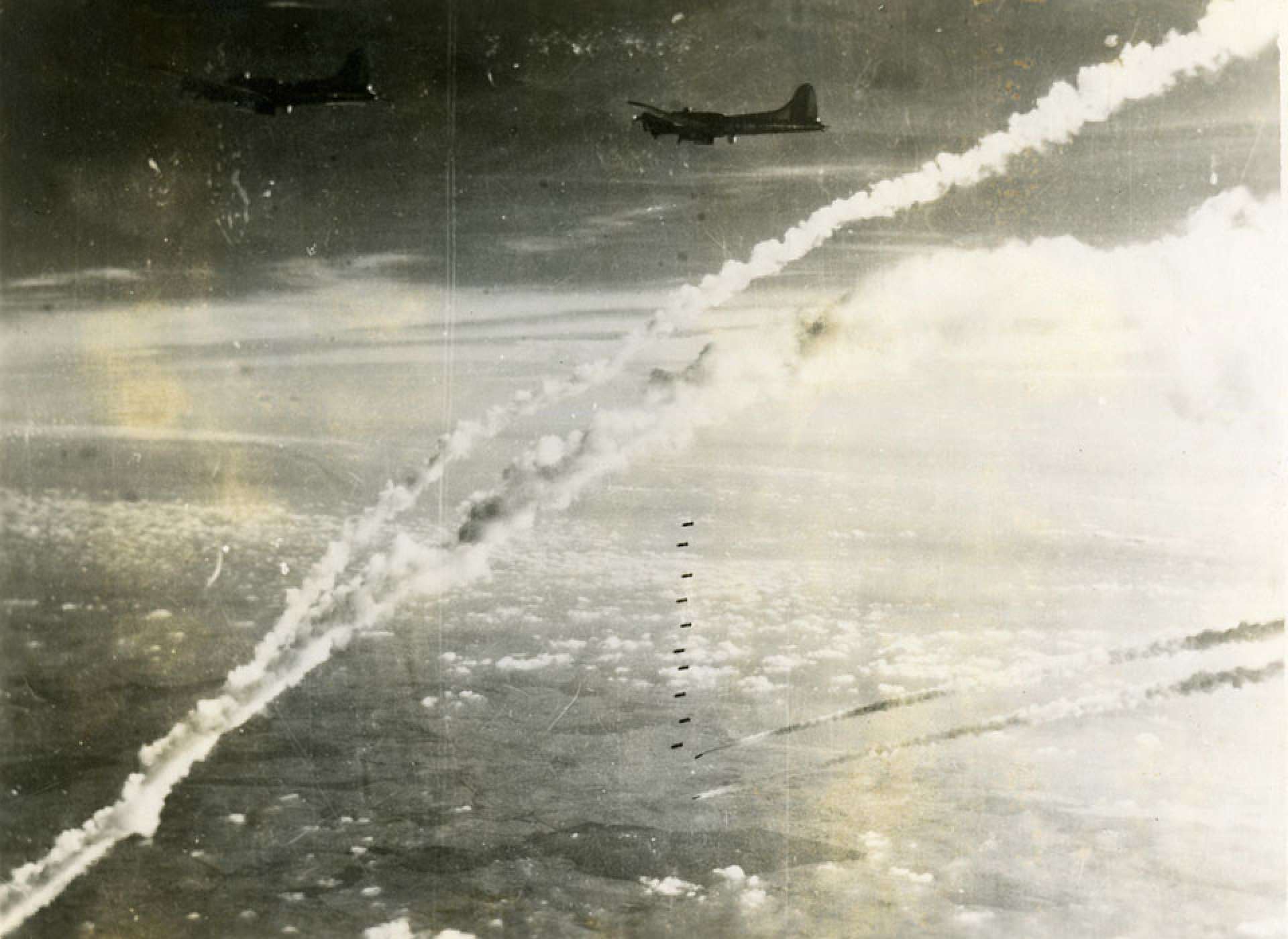


![Max Fuchs, New York City cantor, sings as Rabbi Sydney [sic] Lefkowitz, Richmond, VA, conducts the first Jewish services from Germany.](/sites/default/files/styles/max_650x650/public/2025-10/image1.jpg)






